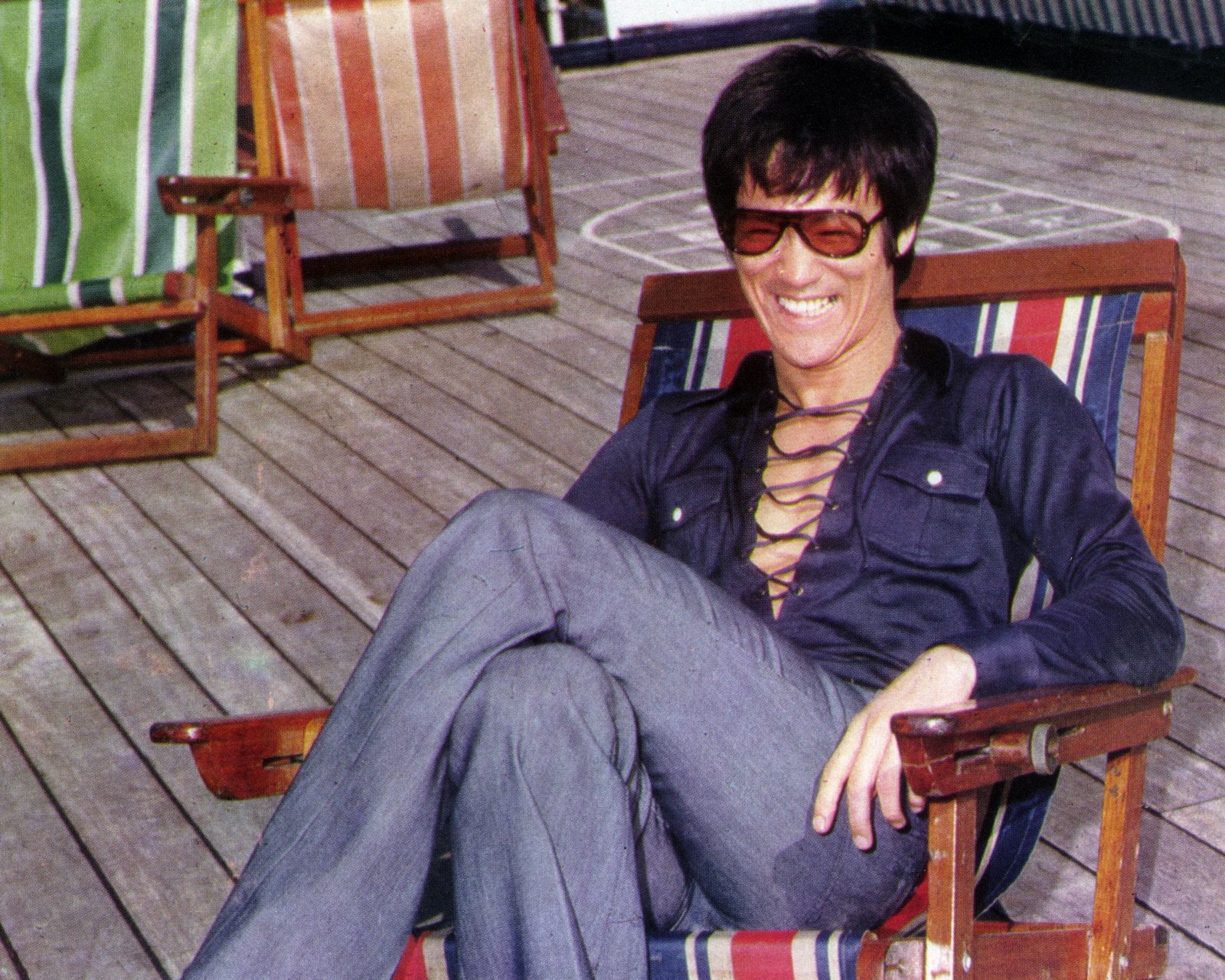In this article, you will find lessons from Bruce Lee that were decisive for his success that can be applied by entrepreneurs.
Taking into account that the world population is approximately 8,000,000,000 people, it is correct to say that there are very few who leave their mark and become an example for the following generations.
The knowledge of leaders, visionaries and in this case, a martial arts fighter, can become commandments to follow our paths.
Bruce Lee was a wrestler, actor, and philosopher. We remember him as an emblematic fighter who showed the world the limits of the body and mind, but beyond his films, we don’t know much more about him. However, his story is an example of life; and his teachings, are a gift.
Lee was born in 1940 in San Francisco. His father, of Chinese origin, was in the United States for work, but 3 months after his birth, he returned with his family to Hong Kong.
From an early age, Bruce had contact with the world of cinema and his interest in Wing Chun, an oriental martial art, was evident. In his adolescence, he was involved in several street fights and his parents decided to send him back to the United States. The main reasons were that they were already warned by the police and that Bruce attacked the son of a mobster belonging to the triads.
At the age of 18, already in the United States, he taught Jun Fan Gung Fu (translated as Bruce Lee Kung Fu) which was an adaptation of Wing Chun and over time the movies came, fame and at 32 years old, died.
It was a short life but full of experiences, from which we can draw several lessons. So let’s look at 3 lessons from Bruce Lee for entrepreneurs:
Table of Contents
Lessons from Bruce Lee for Entrepreneurs.
1. Obstacles are not an impediment
When he was starting out in the gang world, Bruce lost several fights and that was the driving force that led him to want to learn Wing Chun.
Once he began classes with Master Yip Man, he encountered another barrier: In Chinese culture, it was frowned upon for the Chinese to teach martial arts to non-Chinese and technically, Lee was American.
Regardless of that, he secretly continued his training with Yip Man and another student named Wong Shun Leung. Before long, her ability allowed her to earn the respect of others.
In 1970 during a weightlifting session, Bruce suffered a back injury that threatened his future in martial arts. The doctors told him that he would never be able to move like he used to, so he decided to focus his energy on preparing himself mentally. To the surprise of many, at 6 months Bruce began his physical conditioning and within a year he had the same strength and flexibility as ever.
2. Take something, improve it and make it yours
Bruce entered the world of martial arts thanks to Wing Chun, but over time he began to create an improved version that would eventually be called Jeet Kune Do (JKD).
Its base is to be able to optimize movements to inflict the greatest damage at the maximum possible speed. JKD was based on Wing Chun, boxing and many other martial arts. Bruce was in charge of compiling the best of each one and molding them according to the needs that he found in the combats.
Before he died, there were already 3 institutes in 3 different cities where Bruce Lee’s art of fighting was taught.
Doing so was not easy, as he faced the same problem as in Honk Kong: He couldn’t teach non-Chinese. So he had to face a fighter chosen by the Chinese community. If he lost, he couldn’t teach; if he won, he was free to share his knowledge. You can guess who won.
3. Commitment to your goals
“Life itself is our teacher and we are in a constant state of learning.”
Bruce understood that in order to get better at his martial art, he had to better prepare his body. He used traditional bodybuilding techniques to build muscle mass but without affecting his speed and flexibility. He also understood the importance of food; no refined flour, he did not eat too little or too much, only what was necessary to give his best performance in training. He also took protein supplements and vitamins.
His workouts consisted of 8 hours a day working on his muscular and cardiovascular endurance, strength, and flexibility. He used to run 16 km and perfect some strokes or techniques.
He had a body fat percentage close to 0% and his performance in martial arts was exceptional.
Conclusion
Achieving great results requires great effort and Bruce Lee’s lessons are further proof of this. If you are an entrepreneur, it is very likely that you should improve what you find along the way, commit to your goals and understand that obstacles can be overcome.
We hope that these lessons from Bruce Lee will help you to incorporate them into your way of seeing life and enhance your results

